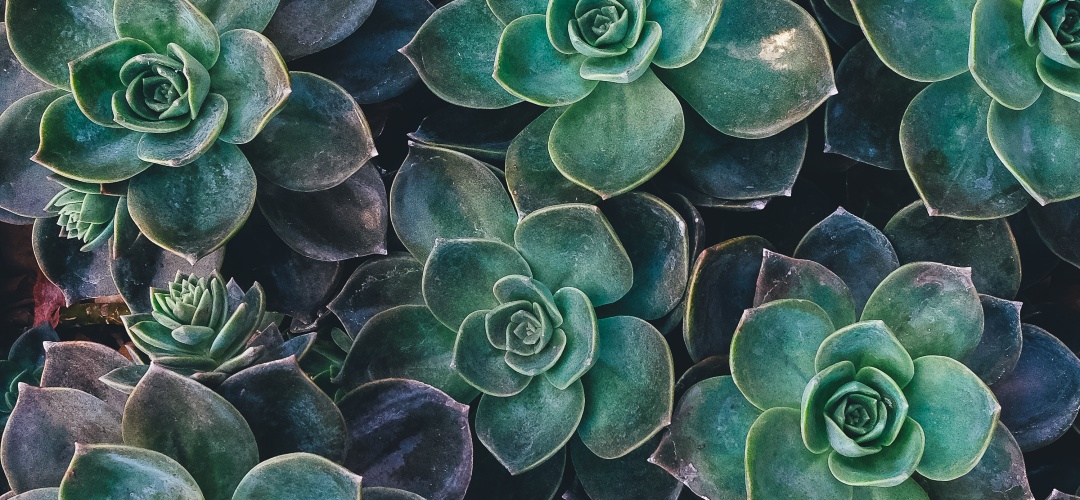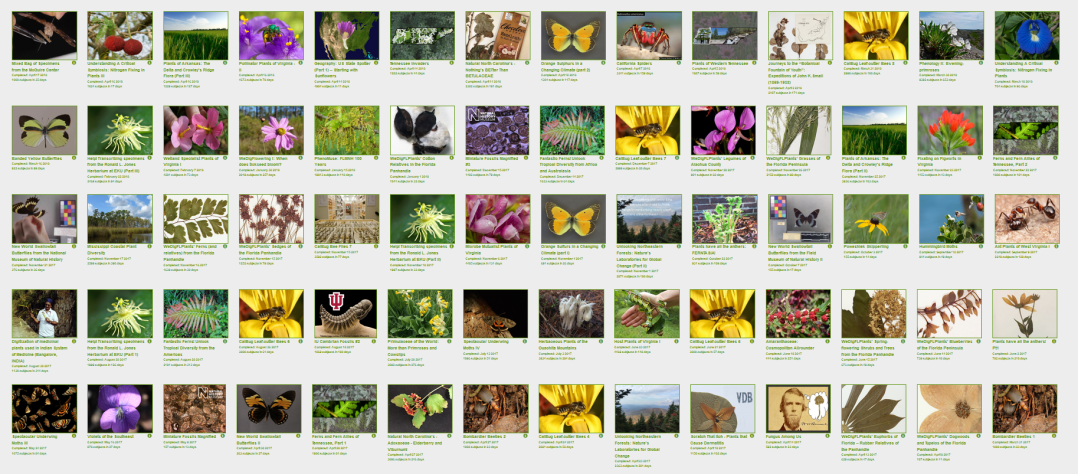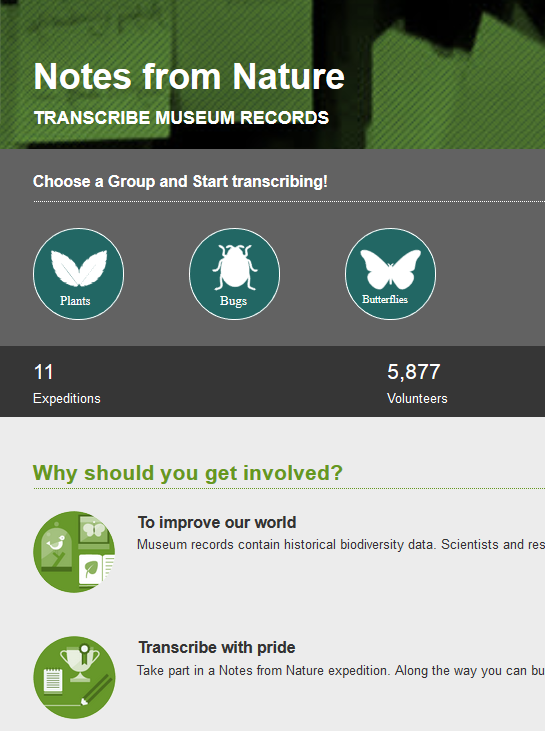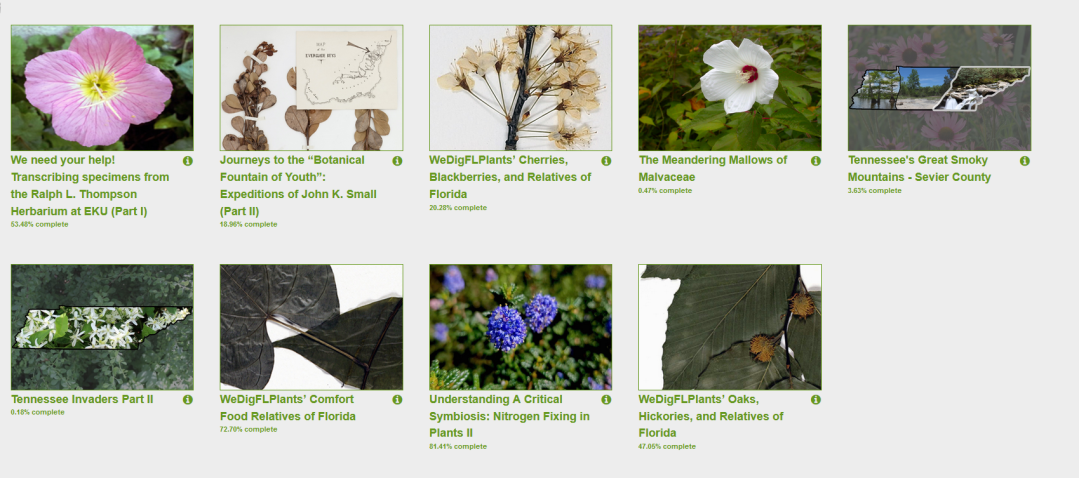This post is long overdue. I wanted to fully understand the research project before tackling the conservation threats that this citizen science project addresses. This question is particularly complicated for these online transcriptions because there are so many potential uses for this data.
Instead of trying to address them all, I will focus on the issue addressed by the Virginia Master Naturalists: Pollinator Plants. So why should we care about pollinator plants?
First, let’s establish why pollinators are important.
According to Ollerton, Winfree and Tarrant, approximately 87.5% of flowering plants rely on pollinators (2011). The US Fish and Wildlife Service estimates that roughly 75% of crops also depend on these animals. Without these organisms, humans can say goodbye to foods like apples, almonds, chocolate, coffee, and many others (US Fish and Wildlife Service).
Beyond the apocalyptic potential of a world without coffee, pollinators also support ecosystem health. The Pollinator Partnership explains that by ensuring flowering plants are able to prosper, pollinators play a role in combating soil erosion and increasing carbon sequestration (Pollinator Partnership). This means healthier soils for all kinds of plants and less carbon in the atmosphere. We’ve spent a lot of time this semester discussing the effects of climate change, so I won’t elaborate here on why reducing carbon is so critical.
So now that we’ve established why we need pollinators, let’s talk about pollinator plants.
The Committee on Status of Pollinators in North America cites habitat loss and degradation as a core threat facing pollinators. Their report states that insect pollinators need suitable nectar and pollen to survive (2007). This is where pollinator plants come in. These species of flowering plants provide much-needed food sources for our valuable pollinators.
The Committee on Status of Pollinators in North America continues, explaining that humans can support pollinators by ensuring that there are a variety of flowering plants which will provide sufficient pollen and nectar through the growing season (2007). For example, if a county only has plants that provide food for 2 weeks out of the year, pollinators won’t be able to survive there. And since different insects prefer to visit different flowers, having a variety of pollinator plant available matters.
This is where the citizen science project comes in.
The SERNEC data reveals where particular pollinator friendly plants (among many other kinds of species) are located. I can think of a number of potential uses for this data.
First, scientists might want to know which plants are in their region. For example, let’s say someone is only interested in plants located in a particular county. If they can learn which plants have been recorded there with a quick online search, they won’t have to go out into the field to inspect the area in person. This would be especially useful (and cost-saving) for scientists who live far away from their study sites.
This tool would also help scientists who are trying to locate a specific plant. I worked on a milkweed population dynamics study in college, and we were only interested in finding common milkweed. We spent a great deal of time searching for this plant out in the field. If we had already known where we could expect to find it, we could have saved time searching in vain (saving time, money, and unpaid intern energy).
Along those lines, this tool could also help scientists set the scope of their investigation before it even begins. To use my milkweed example again, what if we had discovered that there was no common milkweed within 50 miles of campus? Our travel expenses would have been much higher. Our Principal Investigator would likely need to request additional travel funds to support our research, or we would have had to sacrifice other areas of our budget.
These are just a few of this database’s potential uses. However, as I mentioned previously, it’s still unclear if scientists utilize this transcription data to inform their research. My investigation did not reveal any evidence that they do. However, this may still change. If scientists eventually key in to this database, it may improve their research. This may mean more effective pollinator plant studies, leading to stronger conservation responses, and hopefully, a secure future for our prized fruits, chocolate, and coffee crops.
Sources
Committee on Status of Pollinators in North America. (2007). Status of Pollinators in North America. The National Academies Press. Retrieved from https://www.nap.edu/read/11761/chapter/5#93
Ollerton, J., Winfree, R., Tarrant, S. (21 February 2011). How many flowering plants are pollinated by animals? Oikos 120:321-326. Retrieved from https://onlinelibrary.wiley.com/doi/abs/10.1111/j.1600-0706.2010.18644.x
Pollinator Partnership. (n.d.). Pollinators need you. You need pollinators. Retrieved from http://pollinator.org/pollinators
US Fish and Wildlife Service. (n.d.). Pollinators. Retrieved from https://www.fws.gov/pollinators/




